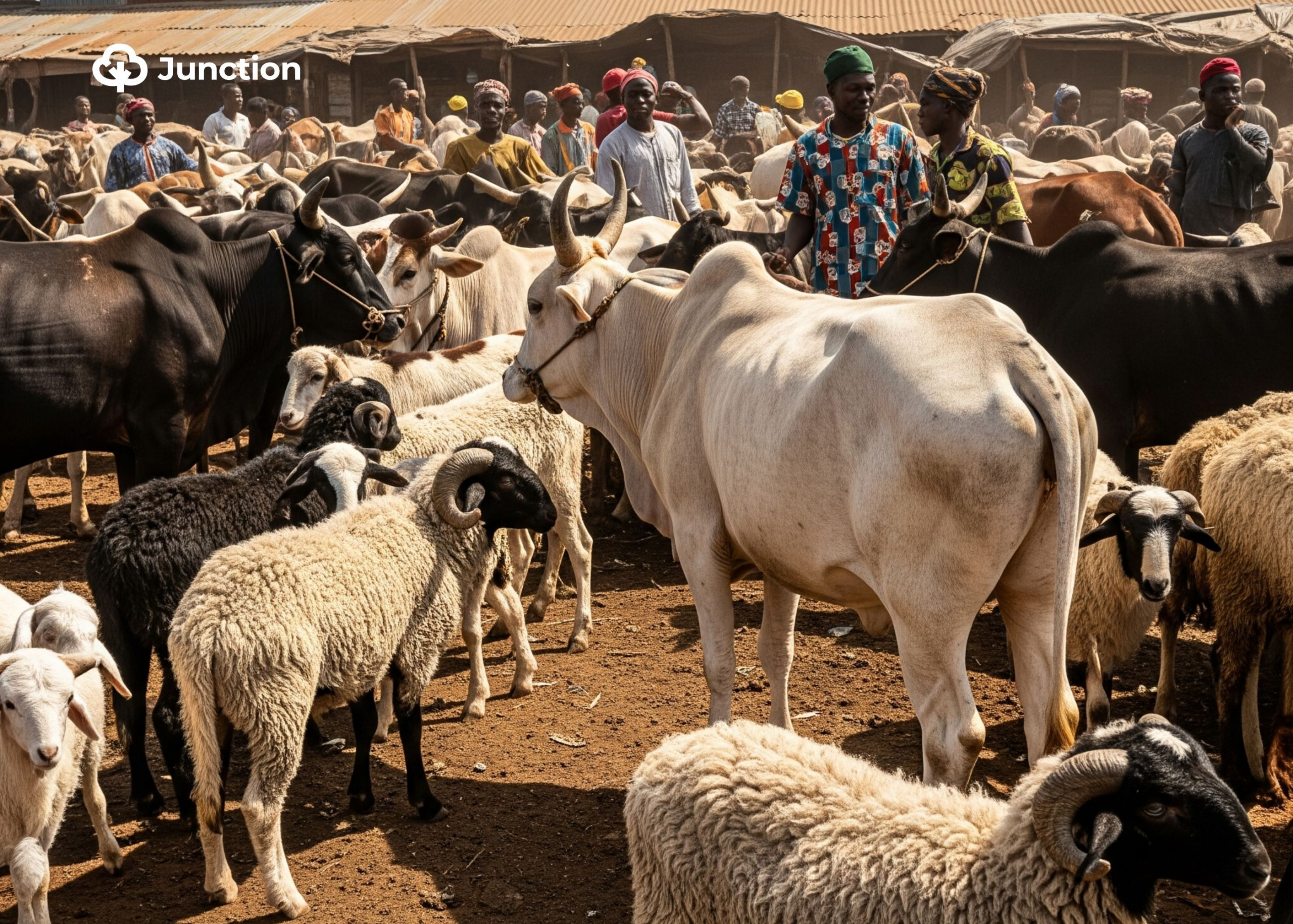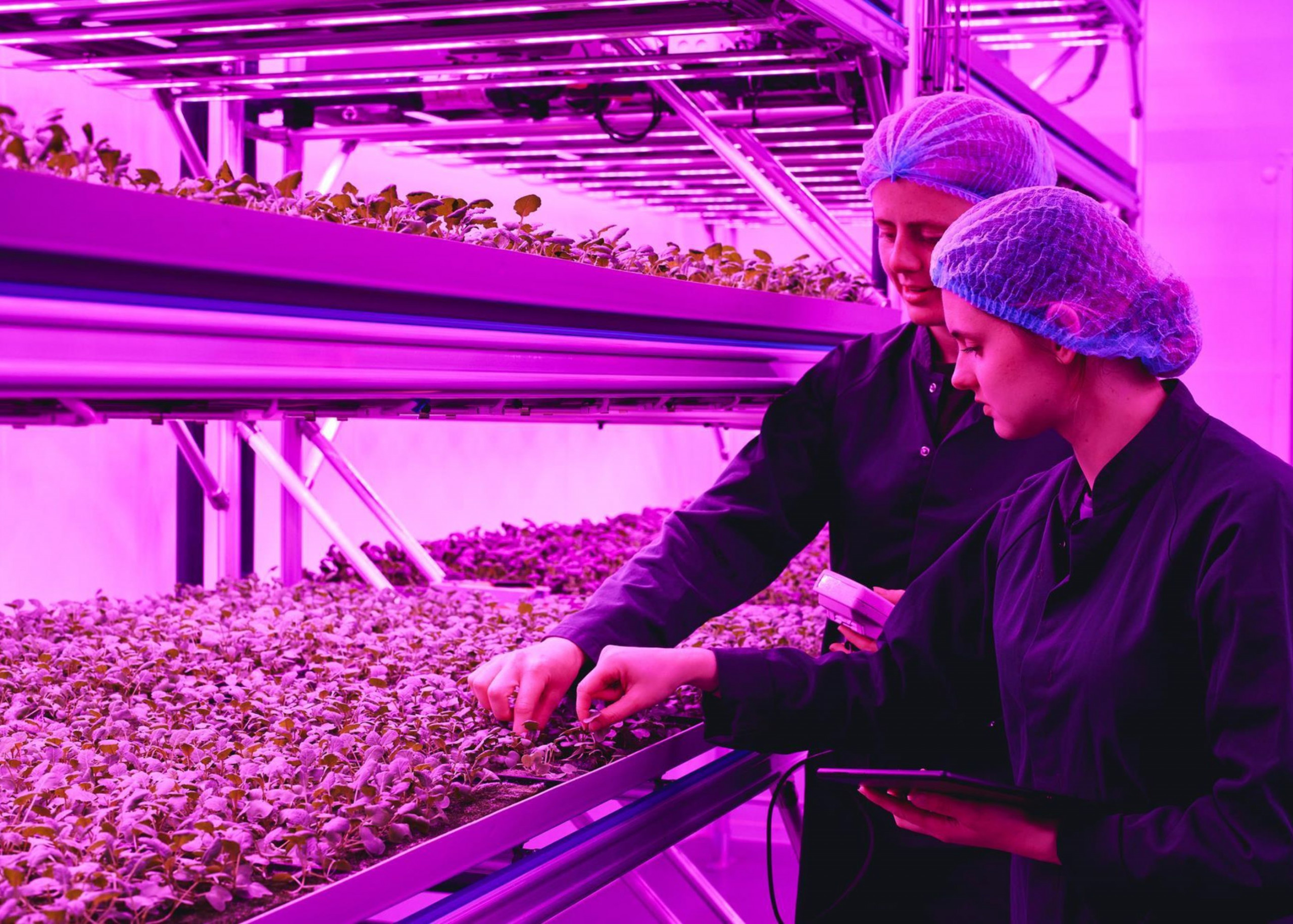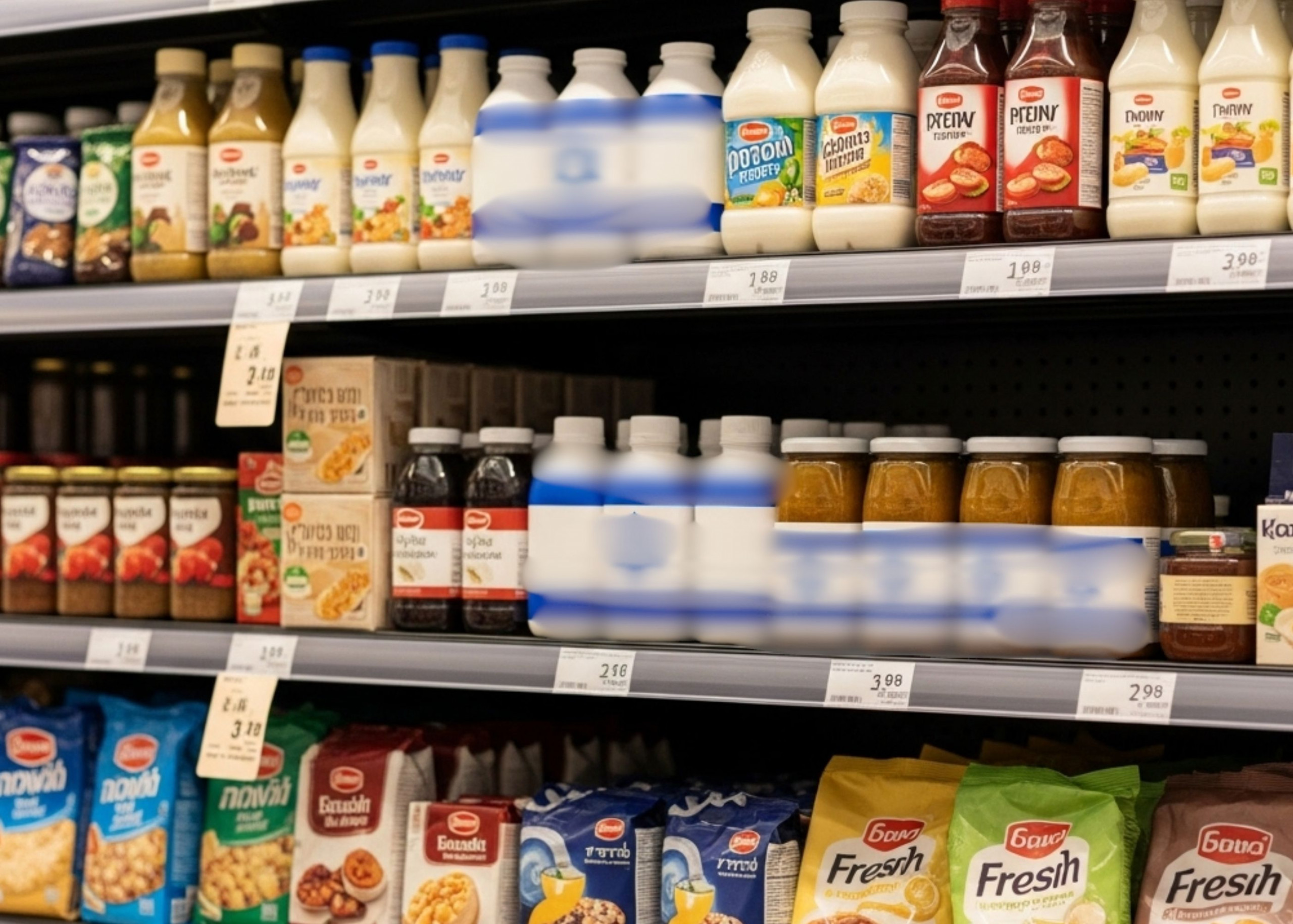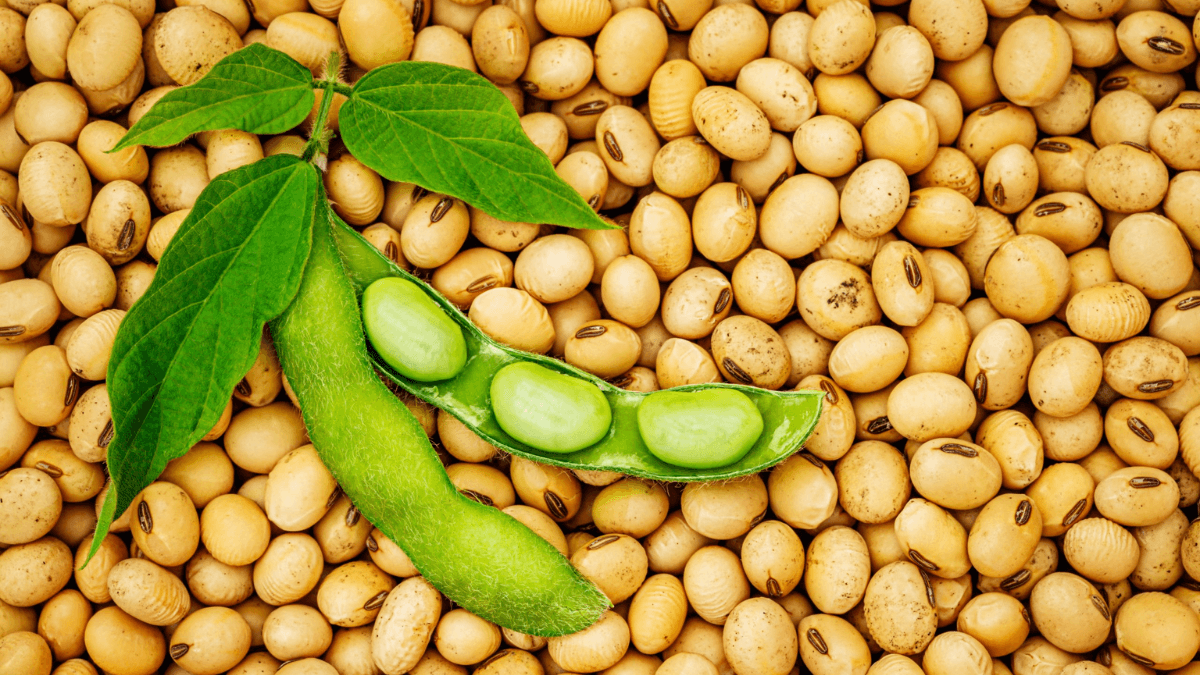News in Brief:
– Due to severe economic hardship, Nigerians observed a significantly scaled-back Eid al-Adha this year, with many opting for cheaper alternatives.
– Sharing cows and foregoing traditional ram sacrifices reflected the tough economic realities despite the profound religious significance of the Sallah festivities.
As the dust settles on Eid al-Adha, celebrated just a few days ago, it becomes evident that economic hardship significantly reshaped how many Muslims across Nigeria observed the annual festival of sacrifice.
Reports from most livestock markets nationwide confirmed what many had anticipated: the traditional ram was largely out of reach for a vast number of families due to soaring prices, leading to a noticeable shift in sacrificial practices.
In the weeks leading up to Sallah, ram markets that typically buzzed with activity were unusually quiet. Traders, who had stocked up in anticipation, lamented sluggish sales and a surplus of unsold animals.
“A ram that went for between ₦180,000 and ₦350,000 last year was well over ₦1 million this year,” explained Malam Shehu, a veteran ram seller at Lagos’s Mile 12 market, speaking to this publication via phone chat.
“Even the medium and small sizes saw prices jump by 100 to 400%. People simply didn’t have the cash,” he added.
This drastic price surge was attributed to a confluence of factors, as highlighted by economic experts and market analysts.
Expert perspectives on low patronage
Economists point to the relentless surge in Nigeria’s inflation rate as the primary culprit. According to Dr. Timothy Garau, an economist based in Keffi, reduced purchasing power, lower consumption levels, and even social unrest are the consequences of persistent food inflation.
The National Bureau of Statistics had in April 2025 reported food inflation at 21.26% on a year-on-year basis. With inflation impacting virtually every sector, the average Nigerian household’s disposable income has significantly diminished.
Also, the continuous devaluation of the Nigerian Naira had a profound impact on the cost of doing business, including livestock rearing and trade.
While some studies suggest a complex relationship, the consensus is that a weaker currency makes imported goods, including animal feed and veterinary medicines, more expensive. This, in turn, drove up the cost of rearing animals locally.
Taofik Adewale, a trader at Agege Ram Market, explained that the significant volume of rams imported from neighbouring countries like Niger, Mali, and Chad meant that the strength of the Naira against their currencies directly affected landing costs.
“We started seeing a gradual increase in prices of rams and cows in March when the Niger export ban was enforced,” he said, noting the surge became rapid as Sallah approached.
Supply chain disruptions and insecurity
Additionally, a major factor contributing to both scarcity and increased prices was the worsening insecurity in Nigeria’s northern states, which are the primary sources of livestock.
Banditry and farmer-herder conflicts severely disrupted supply routes, making it dangerous and costly to transport animals to southern markets.
Livestock merchants like Usman Tanimu from Zamfara lamented, “We don’t have enough supply because herders are afraid to move. Some were attacked last month in Niger State.”
High transportation costs
Additionally, the removal of fuel subsidies led to a significant increase in the price of petrol and diesel, directly impacting transportation costs for livestock, as reported by this publication.
Transporting rams from the North to Lagos, for instance, saw a reported 400% increase in cost. This additional burden was invariably passed on to the consumer, making rams even more expensive.
A ram seller, Abdulganiyu, stated that “the cost of transportation from the North to Lagos State has quadrupled, making the prices go up.”
Shift to more affordable sacrifices
Consequently, a growing number of Muslim faithful turned to more economical alternatives. The most prevalent trend saw groups pooling resources to purchase cows. When shared among several individuals or families, cows were perceived as a more cost-effective option for fulfilling the sacrificial rite.
“It was the only way many of us could afford to make a sacrifice this year,’ noted Mrs. Fatima Abdullahi, a Surulere resident, reflecting the sentiment of many who joined cooperative efforts.
This marked a clear departure from the usual festive extravagance associated with Eid al-Adha in Nigeria. While precise figures for the number of animals sacrificed annually are never officially recorded, market observations strongly indicated a significant decrease in the total number of rams slaughtered individually by households this Eid al-Adha.
Ultimately, the celebration reflected the tough economic realities facing Nigerians, with a greater emphasis on shared sacrifices and more affordable alternatives.
Meanwhile, the sacrifice of a ram, or other permissible livestock, during Eid al-Adha holds profound religious significance for Muslims worldwide.
Known as the Festival of Sacrifice, Eid al-Adha commemorates the unwavering faith and obedience of Prophet Ibrahim (Abraham).
While a ram is traditionally preferred due to its symbolic link to the story of Prophet Ibrahim, other animals like goats, cows, or camels are also permissible for sacrifice, provided they meet specific age and health criteria as per Islamic law.



